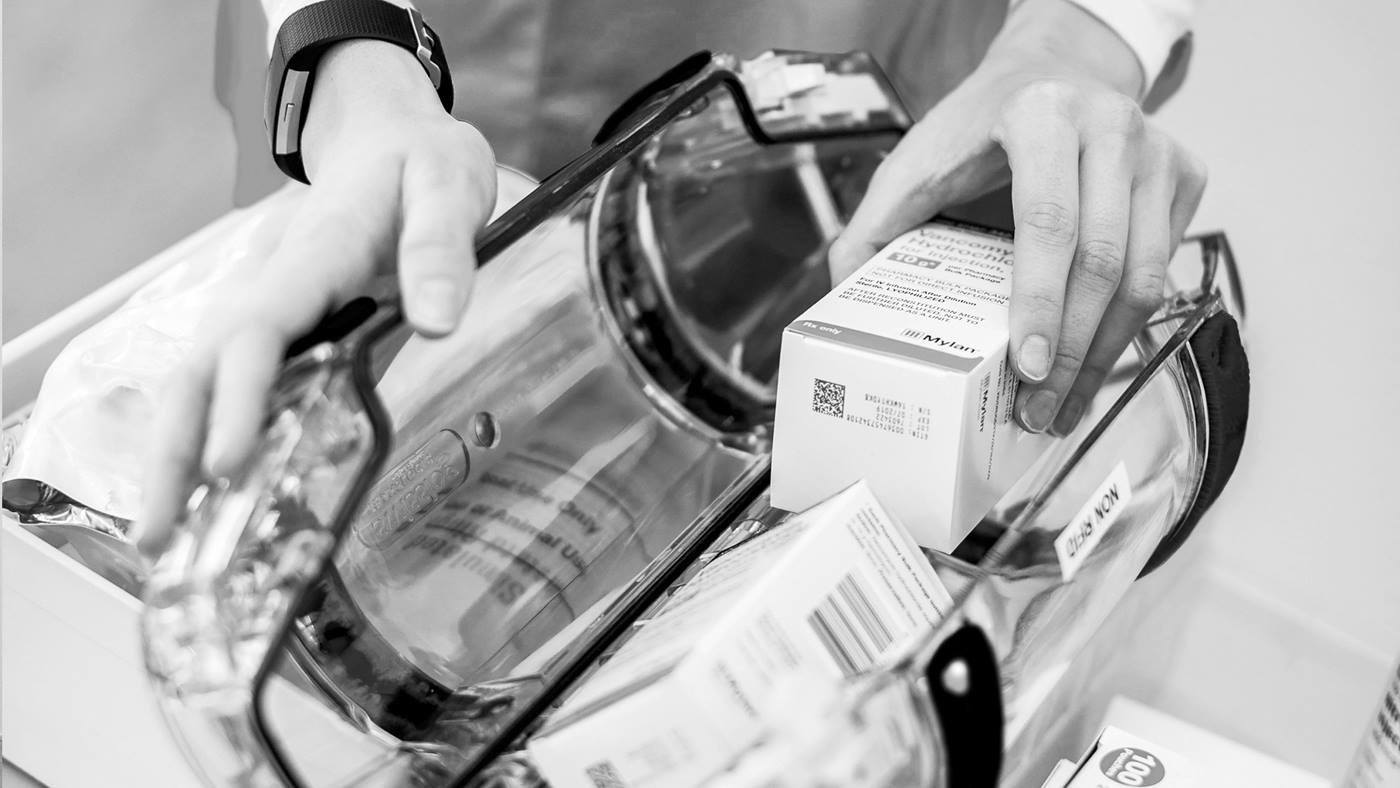The Solution
Due to the strong record of short response times, reliable service, and software support from TransLogic, Flagstaff Medical Center did not shop around for alternative vendors. Instead, the hospital elected to install Nexus™ Technology, including touchscreen panels and software. The software includes new functionality such as WhoTube® card access system to manage secure transactions, Alert Messaging, and the system utilizes radio frequency identification devices (RFID), which enables carrier identification and monitors end-to-end transport, and modern Ethernet communication.
Because the tube system is so essential to hospital operations, TransLogic and Flagstaff Medical Center worked closely to ensure implementation would not disrupt patient care. Over 12 months, through multiple coordination meetings, the client and vendor worked through any obstacles, including making sure the hospital’s backbone could handle the upgraded software and RFID functionality.
The week before implementation, Flagstaff Medical Center completed all the Ethernet connections and TransLogic loaded the server and set up the remote client. Tests were run to work out bugs.
During the week of go-live, the Nexus panels were installed over the course of four days. The following week, staff were trained on the new system. Nurses, lab technicians and pharmacy staff commented during training, TransLogic surpassed their expectations in professionalism and knowledge of the system. A pharmacist with 26 years’ experience said that the transition was the smoothest she had ever experienced.



